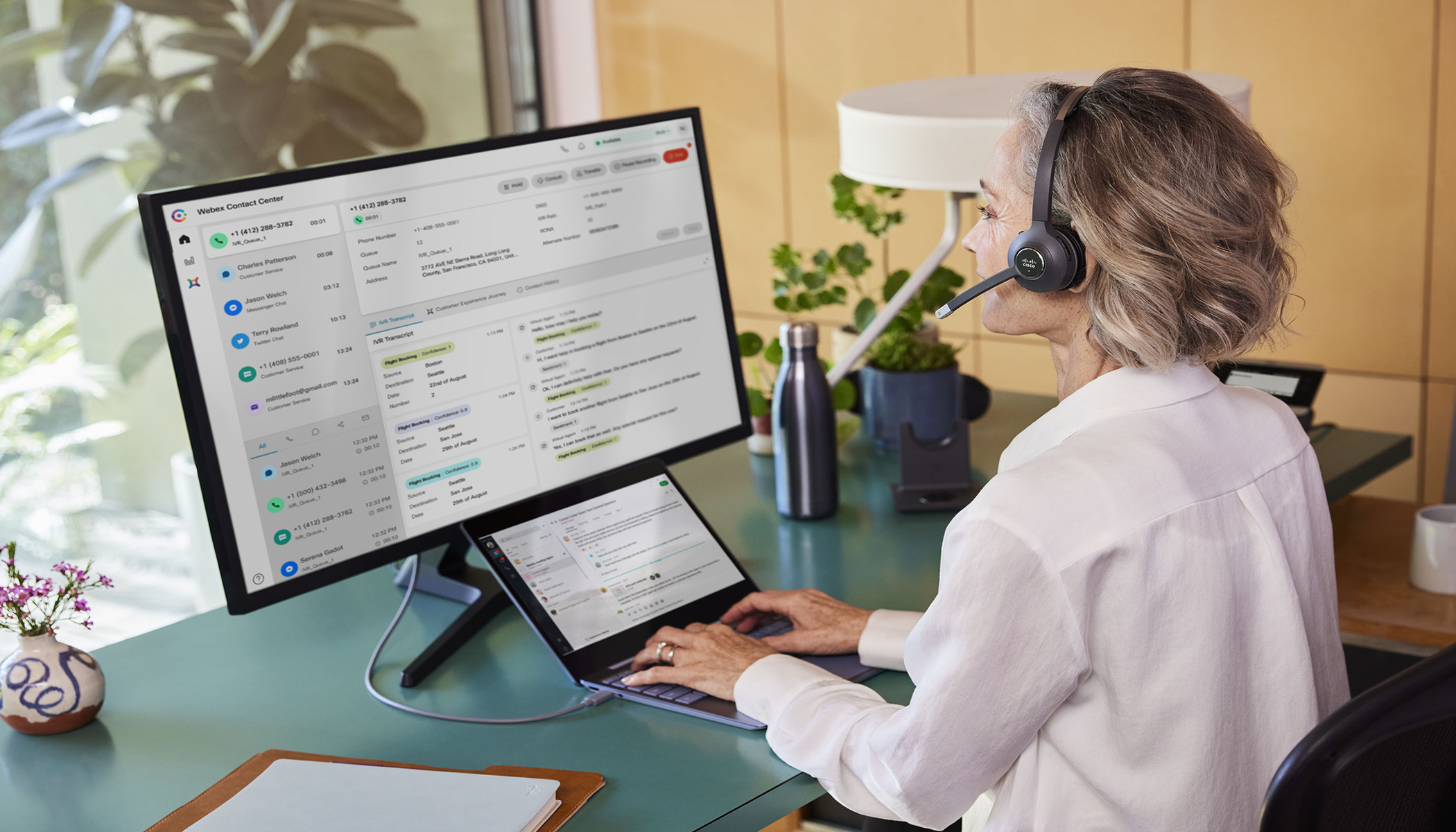If the past two years have taught us anything in the multifaceted world of government, it’s that delivering services and information to constituents in a quick and efficient manner is imperative. In fact, it’s a game-changer – and can be lifesaving. Take the super speedy efforts of the ACT Government, which rolled out – in supersonic fashion – a vaccine hotline, capable of handling 10,000 calls per day for vaccine bookings.
‘Versatility and agility’ top the list of benefits of ‘proactive’ communications
ACT Government serves thousands of citizens through health, education, environment, justice, and local government functions. Within 48 hours of Australia’s lockdown, the ACT Government was able to set up vaccine booking contact centers and respond to important citizen requests at this critical time, leveraging Webex Contact Center. It’s a unique example of a local and state government project – operating as a shared service – that had to get up and running – and quickly. The ongoing initiative is enabling more than 300 contact center agents, across different departments, to handle the massive volume of inbound queries; and to ramp up communications in a proactive and consistent manner, all while bolstering the customer experience (CX). But it doesn’t stop there. The ACT Government wants to go deeper and to take CX to the next level by listening, analyzing and predicting as part of its growing collaboration platform. In that vein, it is also implementing Webex Experience Management in a bid to transform customer and agent experiences and bolster its end-to-end customer journey, which means measuring the customer journey; gaining a 360 degree view of the customer; and becoming predictive and anticipating needs. CX and EX together creates a better overall experience. But this is just one example of ‘proactive communications’ in action in government – and widely shows how CX – combined with employee experience (EX) – is reshaping the way services and information is delivered to the public, but also driving the public sector to pivot towards a more connected and automated customer journey. Similar to the seismic shifts in the enterprise world – and where government can take a page from the B2B playbook – CX is changing the face of the public sector. For starters, it’s engaging constituents and government workers in new and improved ways – and like never before.Addressing unique requirements
But first let’s take a sneak peek at some of the pain points – and unique requirements – in public sector. Certainly, there are roadblocks, and a different set of requirements, and states of play across all three levels of government, whether it’s state-based, federal government or local council. Local government, for example, is very customer-based; in fact, the interactions with customers are fairly unique and even cookie cutter. At every municipality level, there’s a universal need to engage with rate payers. But it’s a different kettle of fish when you go up the food chain – at the state and federal levels where it’s about the need to communicate, and bolster communications. And while governments are making a huge effort to modernize their way of dealing with CX, all three levels still have to grapple with:- aging on-premises infrastructure;
- fragmented approaches to technology adoption within government
- budgetary constraints; and
- compliance issues.
Give constituents the answers they need, in the channel they prefer
Certainly, to thrive and survive in today’s world of disruption and transformation – with global and national crises constantly biting at our heels – governments, like enterprises, need to rethink their communications and collaboration strategy. In short, governments need to deliver enhanced voice channels, and provide access to a host of digital channels, giving customers the answers they need in the channel they prefer, and with speed and accuracy. In fact, they need to adopt high-functioning cloud-based communications platforms that offer ‘versatility and agility,’ in order to better engage and connect with constituents and the community. The goal? To deliver ‘two-way interaction’ across all digital channels (including SMS; web chat; WhatsApp, Facebook Messenger etc.). In fact, this two-way interaction is considered the new normal in CX – and needs to be taken seriously in public sector too. At the same time, the shift from point solutions towards a platform scenario in the world of communications is another exciting advancement for government. This approach is empowering governments to use different technologies – which can all sit on top of a main platform – to better examine the entire customer journey (seeing the world as customers do) and to take more intelligent and swift action. Think about the possibilities. Consider the frustration consumers face when dealing with any type of government department – the dreaded ‘being on hold’ conundrum. If you have to call a department – perhaps a roads and maritime entity – users prepare for a lengthy time commitment. Often times there’s no record of engagement or why the constituent is making the call the first time (or the second time), resulting in the ‘great repeat’ scenario. But this narrative can change – thanks to the advent of the intelligent platform approach – which is alleviating people’s anxiousness when dealing with cumbersome and complex departments – and delivering a whole new world of customer experiences. Governments can now:- See the customer’s history;
- Understand and predict behavior – why the customer is calling for the second time – and then get ahead of the repeated requests; and
- Proactively communicate with the customer in a two-way real-time communication through digital channels, and during post-engagement phase, bringing context and understanding as to the customer’s next move.





